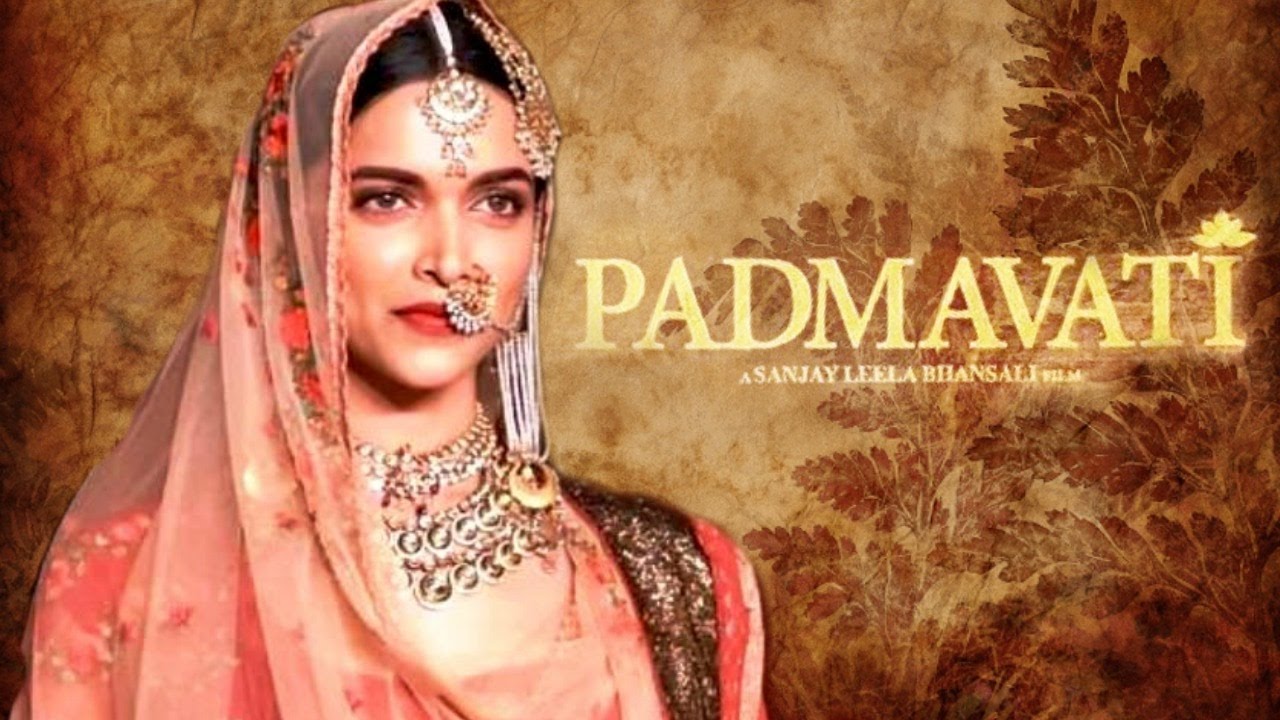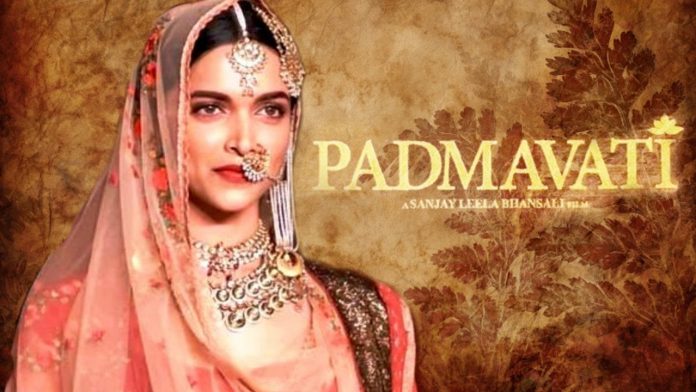By Misbahuddin Mirza for Twocircles.net
Padmavati, a Bollywood movie being produced by Sanjay Leela Bhansali, is the latest in a plethora of movies showing inter-religious marriages/ relationships between Hindus and Muslims. It is a senseless, immature, and juvenile fictional tale that romantically associates the mighty Sultan Alauddin Khilji – a highly accomplished Muslim ruler with a fictional elderly Sri Lankan woman who has a daughter old enough to be married. Incidentally, this is being remade into a movie – for the third time!

The general theme of these movies is pretty much set in stone. A young woman playing the role of a Muslim falls in love with a Hindu man; abandons religious prohibitions and elopes with the young man. Or, a young Muslim man falls headlong in love with a young Hindu woman and defies religious injunctions by marrying her. In real life, though such marriages are forbidden by Islamic law.
Emperor Akbar had forsaken Islam to practice his own hodgepodge religion-Din-e-Ilahi, which included Sun worship – reciting the thousand names of the Sun. Akbar just had a Muslim name; his practices clearly place him outside the realm of Islam. Yet Bollywood continues to depict Akbar as a Muslim king, so his marriage to princess Jodha Bai could be used to sway ignorant Muslims away from Islam. The glut of Bollywood movies on this topic is evidently a deliberate and sustained campaign designed to slowly but surely mislead lay Muslim youth away from their religion.
Malik Muhammad Jayasi, the sixteenth century CE author of Padmavat, made it abundantly clear in the Padmavat itself, that the work was simply an allegory. Even in the fictional category, Jayasi’s work is incongruous. For instance, there is a talking parrot in the Padmavati tale who gives answers to your questions. Then there is a “God” in this story who laments that he could not be of help as he himself had been struck by lightning.
Eminent Indian historians like Irfan Habib, Prof K S Lal, and Prof Gauri Shankar Ojha – an expert on Rajasthan history, have categorically stated that Padmavati is a purely fictional character with absolutely no connection to history. Further, these historians explain that the legend of Padmini was started in 1540 – almost two and a half centuries after the reign of Alauddin Khilji (1296-1316).
Professor Habib explaining the importance of calling out Bollywood’s apparent tampering/linking of Indian history with fiction elucidated “There are stories in every country, but they cannot be accepted as part of history. England has a story of Robinhood, but it was never treated as history. But in our country, myths and stories are given a status of history.”
Amir Khusrau, the court historian, who had accompanied the Sultan during the conquest of Chittor fort makes no mention any Jauhar (satti). Neither does the famous historian Ziauddin Barani mention this in his history.
Pundit Jawaharlal Nehru, the first prime Minister of India in his book the Discovery of India labeled Sultan Alauddin Khilji as “Great.” Alauddin Khilji was an exceptionally talented ruler who saved India and Indians from utter devastation at the hands of the brutal Mongols. When he ascended to the throne of Delhi, the entire civilised world from Asia to Europe was being decimated by the scourge of the ruthless Mongol armies, that had slaughtered millions of people, carving out an empire of death and destruction. The armies of scores of Asian and European kingdoms were simply mowed down by the unstoppable, fierce, highly trained and efficient Mongol armies. Kings, soldiers, and civilians in two continents trembled in fear as they awaited the arrival of Mongol armies, so that they may surrender to survive.
Sultan Alauddin Khilji was a military commander who had a unique record. He was one of a handful of military commanders who had never been defeated in any of the hundreds of battles that he fought. So, when the massive hordes of Mongol armies arrived suddenly at the gates of Hazrat Delhi, the Sultan took them on with his unbridled military energies and decimated the fearsome Mongols. Soon the Sultan went on the offensive, building forts along the border and then invading Mongol lands, cutting off all key routes thus depriving the Mongols access to all entry points. From the newly built forts the Sultan conducted sustained punitive raids into Mongol lands to the point that the hunters now became the hunted. When the Mongol horses did not drink water, the Mongols would ask their horses ‘what happened? Did you just see Ulugh Khan or Zafar Khan?’ alluding to Sultan Alauddin Khilji’s two decorated generals who were in charge of pursuing and wiping out Mongol armies.
On the civilian front, when the Sultan was crowned in Delhi, the existing law and order had deteriorated to such an extent that the capital city’s gates had to be closed at early afternoon every day to prevent the bands of marauders who came in during open daylight to kidnap women and steal before retreating to the forests around the city. The Sultan immediately raised a dedicated army to pursue these marauders – forests around the city were cut down, and the criminals were hunted down. The Sultan lost 100,000 soldiers in the operations against these bandits – but, it resulted in complete peace and security to the capital city of Hazrat Delhi.
The Sultan built huge central warehouses for farmers to sell the grains and produce directly to the Government. This stopped the exorbitant profits made by middlemen and hoarding. It also fetched higher profits for the farmers. The weights and measures department kept a strict watch to ensure no one was cheated. Alcohol consumption was banned in public. Nepotism was not allowed. The mighty Sultan after valiantly protecting his people from the barbaric Mongols, brought them peace, security and prosperity to his nation.
Bollywood’s selection of this strange tale to vilify one of the greatest Indian rulers is deplorable. It is hoped that Bollywood would stop projecting Muslims in a negative light.
The author is an engineer registered in the States of New York and New Jersey and has written for major US and Indian publications.

